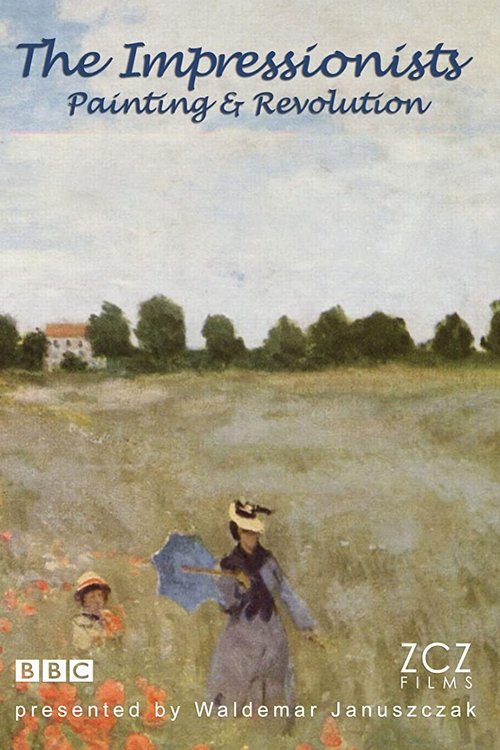Discover on Tv
Genres
Appearance
- light/dark mode
Art writer Waldemar Januszczak explores the revolutionary achievements of the Impressionists.
More

Art writer Waldemar Januszczak explores the revolutionary achievements of the Impressionists.



